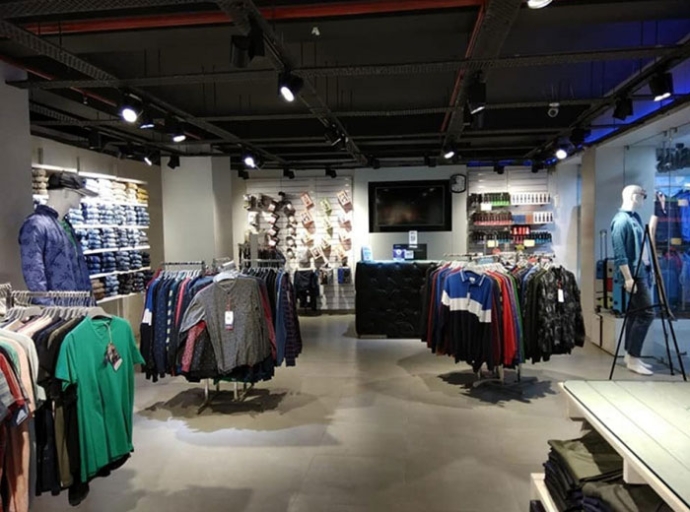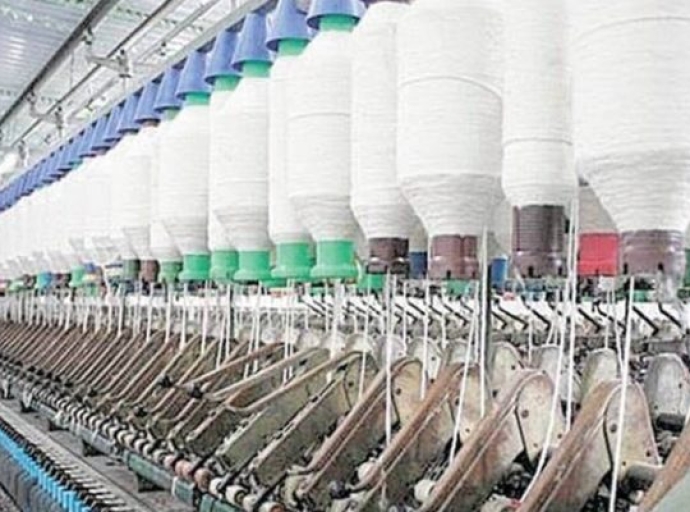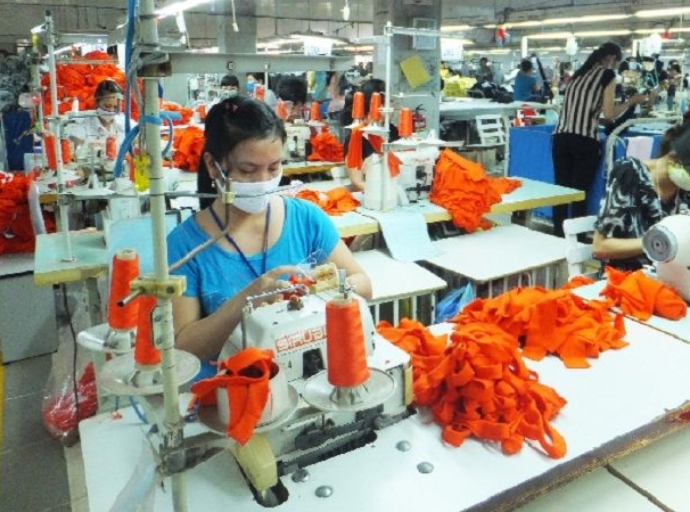25 January, Mumbai: 2022
An expensive error that clothes manufacturing businesses may be making is failing to pay attention to the managerial abilities of factory supervisors. In garment factories, as in any other company that relies on human labor, some teams are more productive than others.
There appear to be a variety of talents and management styles that make some supervisors' teams more productive. According to research conducted by Good Business Lab (GBL), educating supervisors in specific skills might result in significant financial gains for the company.
GBL is a not-for-profit labor innovation organization with ongoing projects in India, the United States, and Latin America that employs rigorous research to create, test, and scale worker wellbeing programmes ranging from improving factory lighting to teaching frontline employees in soft skills.
GBL said in a statement that it detailed this in a learning paper issued in 2021 for Shahi Exports, one of India's largest and most competitive garment manufacturing enterprises. India's top garment exporter is Shahi Exports.

"In a lot of manufacturing environments, middle management (usually known as supervisors) are frequently merely employees who have progressed up the ranks," said Dr. Achyuta Adhvaryu, the research paper's primary author.
They may have technical expertise, but they typically lack the soft skills needed to ensure that everyone on their team feels empowered to be productive, such as fundamental communication skills, people management, and so on."
As a result, we may improve the productivity of their teams by educating supervisors in soft skills like communication as well as specific management abilities and practices like control, autonomy, and attentiveness.
GBL put it to the test in 2017 when it launched a training programme to investigate the effectiveness of training managers in these areas.
For starters, the STITCH (Supervisors' Transformation Into Change Holders) training reduced turnover, which is infamously high in this profession.
Supervisors who got training were shown to be 15% less likely to abandon their employment than those who did not get training throughout the research period.
The average returns from this training were enormous and constant, and the firm's investment was repaid hundreds of times over.
"A high-pressure work atmosphere, coupled with power dynamics, leads to supervisors often behaving in an authoritarian and hostile manner," stated Chitra Ramdas, GM, Organizational Development, Shahi Exports, who was directly engaged in planning and delivering the programme.
STITCH is one approach to address this problem by teaching supervisors soft skills like communication and problem-solving.
This basic training, in our experience, has had a revolutionary influence on workplace relations and the work environment, resulting in broader organizational advantages.
We've already enrolled over 1,600 supervisors in the programme, with the objective of teaching all supervisors by 2024."
According to the press release, manufacturing lines with all managers taught had 7.3 percent higher efficiency during the training than lines with untrained managers. Furthermore, as compared to their untrained counterparts, STITCH-trained supervisors saw a 6% increase in average income rise.
"What we're demonstrating is that it has a massively and persistently disruptive influence, even in a nuts-and-bolts technical manufacturing situation."
So, in my opinion, the findings should be generalisable to other technical blue-collar contexts, and I believe the findings might be at least as significant in entry-level management posts in other sectors where soft skills are even more important, such as the service industry.
Dr. Anant Nyshadham, GBL's Chief Strategy Officer and co-author of the article, commented, "We're now going to expressly examine this in fast food and retail environments."
Stay Updated.
Subscribe to our newsletter.
Follow us on Linkedin & Youtube.
Latest Apparel News
Daily Top 15 News




_thumbnail.jpeg)
1_thumbnail.jpg)
_large.jpeg)
_thumbnail.jpeg)

_thumbnail.jpeg)
_thumbnail.jpg)

_thumbnail.jpg)



_thumbnail.jpg)


_thumbnail.jpg)























